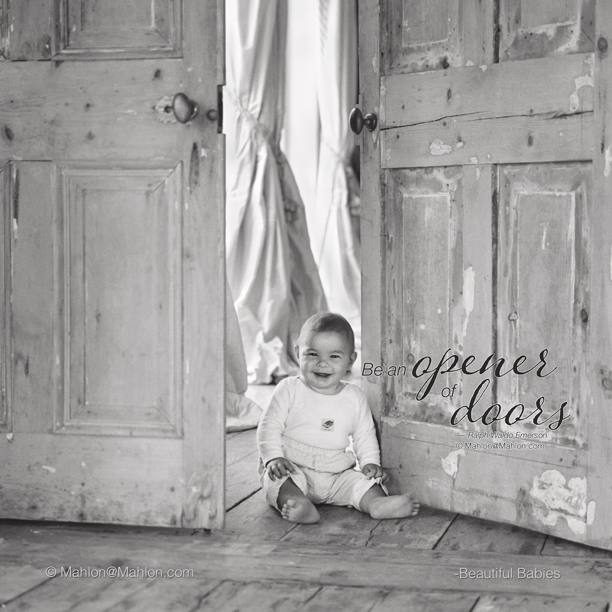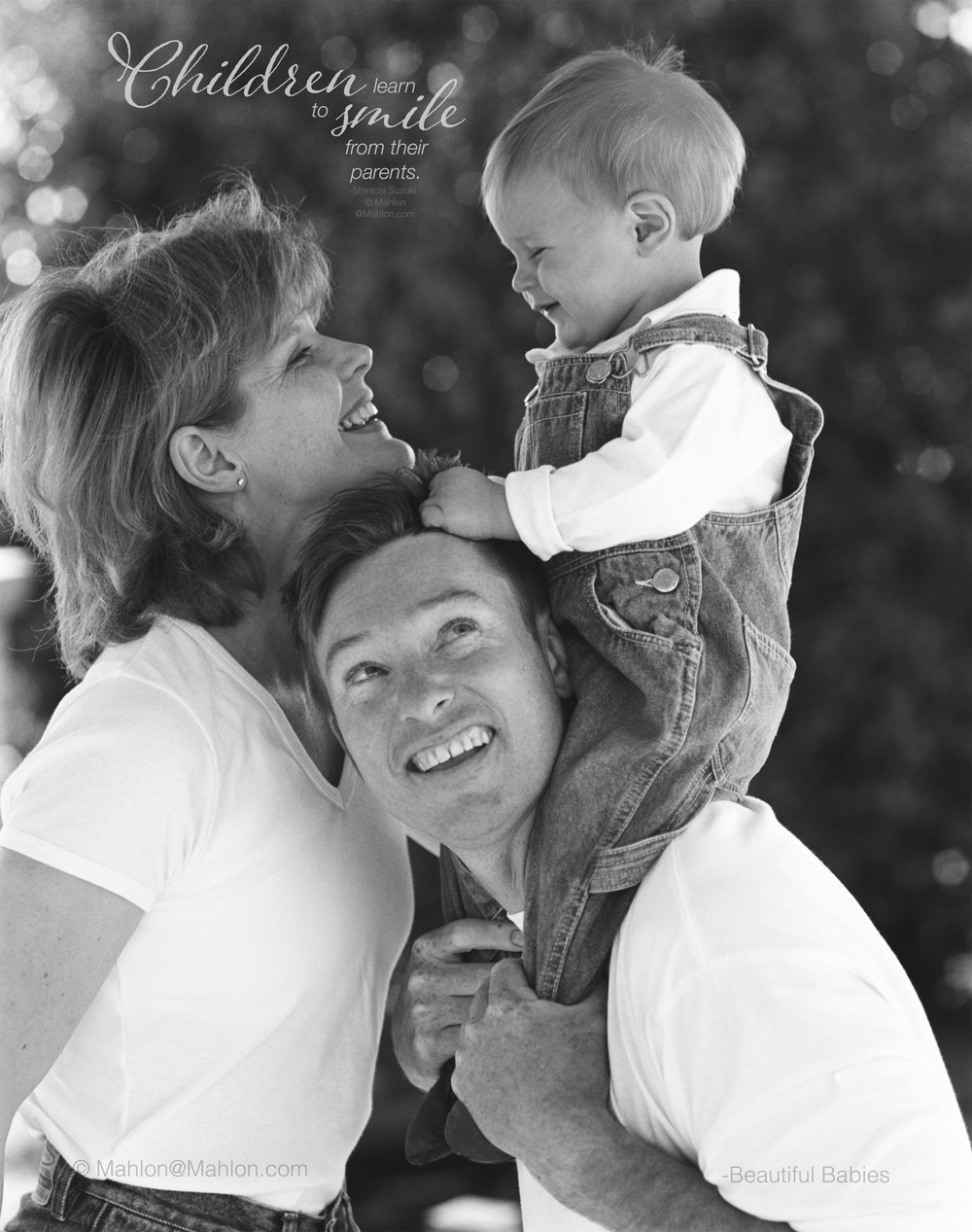Your new baby is unique and beautiful. Not all babies look alike! Our twins were utterly different from each other when they were born.
One had a tiny button nose, a thick head of nearly black hair, and Carly Simon smile. Our other daughter had the sweetest little moon face, no hair until she was almost a year old, and round laughing eyes. Your baby may have puffy or crossed eyes, a broad nose, a dimpled chin, curly hair. They are all different, and beautiful!
With visions of a pink, round, chubby-cheeked and gurgling wonder some new parents are shocked by that first-moment reality of a wet, red, screaming infant with little in common with what they imagined. Newborns are variations on a theme, from colour to head shape. Some differences are temporary. Others, like birthmarks, may be permanent. Behaviourally, don’t worry too much if your bundle occasionally twitches while sleeping, has slight congestion, sneezes, hiccups, and spits up once in a while. This is all pretty normal unless your doctor tells you otherwise. Here is some idea of what you can expect to see in a healthy newborn’s appearance, and what should cause you concern.
Lots of parents’ first questions have to do with their baby’s skin. “What’s with the pimples?” “Is he too red?” “What are those marks on her skin?” Here’s what you might notice about your baby’s skin:
Skin Colour: Newborn skin colour can vary greatly— pink, white, yellowish or usual redness. Minute by minute skin colour can change with daily activities. Racial factors and family characteristics also influence a baby’s skin colour. Newborns are usually a bit reddish/purple changing to bright red when the baby cries. Redness typically fades after a few days. Hands and feet might be cold and blue, this is normal. On the third day, the baby might be slightly yellow if they develop jaundice. Slight jaundice is common in newborns, a standard response as the body rids excess red blood cells. One of our twins had this mild jaundice. Only occasionally does it require special treatment.
Severe Jaundice: Jaundice could mean a more severe condition. Jaundice can often be seen by Gently press on the baby’s forehead or chest and watch her colour return. Whites of eyes will also be yellowed. If any of this happens with your baby, seek medical attention immediately. Laboratory tests may be needed to assess jaundice.
Acrocyanosis: Normal and happens a lot during the early hours of life from a decrease in circulation to the skin of the hands and feet, so they turn blue. What should never be blue is a baby’s face, lips, or body skin in general. General blueness may be a severe problem. Seek a doctor immediately.
Rash: A baby’s sensitive skin often reacts to this new environment with scattered, pinhead-sized, or somewhat larger papules (pimples) surrounded by a mild red area on different places at about 2 days old. This is not something to worry about.
Mottling: A new baby’s skin can also look mottled or blotchy, especially when the baby is uncovered, cold, or ill. Take his temperature. If it is higher or lower than the normal range, call your baby’s doctor.
Cradle cap: Cradle cap is that scaly patch of skin that develops on some babies scalps. Daily brushing and frequent hair washing may help prevent cradle cap. If cradle cap occurs, your baby’s doctor will be able to help with further care.
Milia: Are usual whitish, pinhead-size hard spots, usually on and around the nose, chin or forehead called milia. They look like tiny pimples, but it is important not to break them, or put acne medicine on them because you could cause a rash or scarring. They will usually disappear within a few weeks.
Acne neonatorum: Some newborns develop pimples in the first month on the cheeks and forehead, usually disappearing within a few months. Don't break open or squeeze, as this can lead to infection.
Lanugo: Soft, downy baby’s body hair. Both of our girls, at 36 weeks gestation had lanugo. It’s more visible in premature babies but isn’t usually seen in babies born very late in pregnancy.
Stork bite marks: A cute reference to the blood vessels that are close to the surface of the skin that causes areas of pink or red on upper eyelids, forehead, and back of the neck. These usually fade by the end of the baby’s second year.
Erythema toxicum: A red rash common on the chest and back, on newborns often described as "flea bites." It disappears by itself in a few days.
Vernix: This is a white, greasy, cheese-like stuff covering the skin. It’s formed by the baby’s oil glands protecting their skin in the amniotic fluid during gestation. No removal is needed. It usually absorbs into the surface soon after birth.
Mongolian spots: Occurring in dark-skinned babies of all races, these blue or purple-coloured splotches on lower back and buttocks are caused by a concentration of pigmented cells, disappearing at some point before age five.
Strawberry hemangioma: Strawberry hemangiomas are more common in premature babies and in girls. Immature blood vessels form a bright or dark red bumpy area that looks like a strawberry. Most occur on the head and may not appear at birth, developing in the first two months. They may grow in size for a while, and then gradually begin to fade to usually disappear by age 9.
Port wine stain: These flat, pink, red, or purple coloured birthmarks, usually occur on the head or neck are caused by a concentration of dilated tiny blood vessels called capillaries. Sometimes small, sometimes not. Port wine stains don't disappear over time. The most effective way of treating a port wine stain is with a particular type of laser when the baby is older, and only by a plastic surgery specialist.
Beautiful Babies
Father of twin daughters. Owner of two dogs, alternating goldfish and espresso machine. House chef, avid reader, wannabe handyman, husband to my one and only wife. Boy with a camera. Writing here on the topic of parenting babies, including interviews with some industry leading minds.






